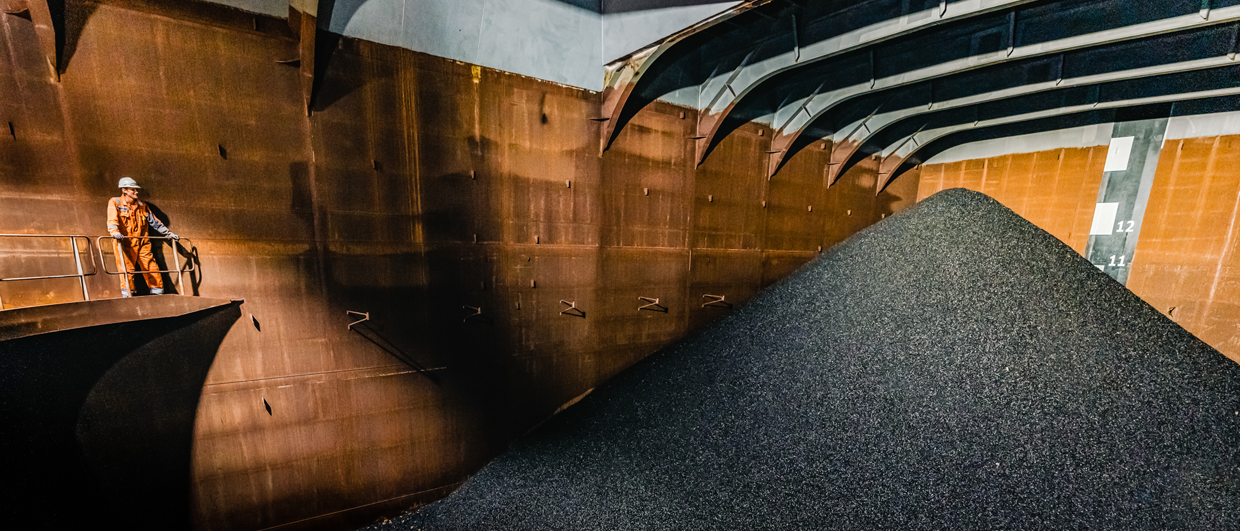Rotterdam. The Underwater Minerals Conference (UMC) is being held in the Netherlands for the 51st year this week, and spans six days. The number of participants has increased. And so has the number of talks.
There is little doubt that interest is on the rise. The global deep sea minerals industry is growing. So far, no production is taking place, but exploration is being carried out in some places. In other places, exploration may soon become possible.
Part of the motivation for looking to the deep sea for resources is that the global demand for metals and minerals is increasing, not least due to the energy transition. More focus on security of supply is also a factor.
It is hard not to notice the Norwegians. Both on the podium and in the hall. The Norwegian presence is a good indication that a new ecosystem for deep sea minerals is also developing in Norway.
Hotspot
Norway can be said to be one of three “hotspots” for activities related to marine minerals; the other two are the Cook Islands and the Clarion-Clipperton Zone (CCZ) in the Pacific Ocean, where exploration is carried out in both cases.
Norway has not opened for exploration, but is not far behind. It has a seabed mineral law, and work on an opening process has been ongoing for several years. This summer, the government submitted a report to the Storting regarding the opening of the Norwegian continental shelf for mineral activities.
Norway also has an estimate of possible resources. The Norwegian Petroleum Directorate is attending the conference and presented its resource estimate for sulphides and crusts, which was published in early 2023.
The emerging Norwegian seabed mineral industry can also benefit from its world-leading technology and expertise related to oil and gas – much of this is transferable to deep sea minerals. In addition, a strong onshore industry can potentially be useful for refining and producing raw materials for further processing.
At the international conference in Rotterdam, the Clarion-Clipperton Zone, which lies between Mexico and Hawaii in the Pacific Ocean and the mineral deposit polymetallic nodules, is perhaps the most talked about. The CCZ is considered the world’s largest nodule field, and contains enormous resources of critical metals such as copper, nickel and cobalt. Extraction of deep sea minerals will probably happen in this area first. The Cook Islands, which also have nodule resources, may follow close behind. Or they can be first. They will also host next year’s UMC.
Perhaps we will see extraction in Norwegian waters by the end of this decade. However, it requires that the government gives the green light for opening, and that the Norwegian actors can demonstrate that extraction is technically and economically feasible with minimal environmental degradation. What is required is that industry, administration and academia work together to close knowledge gaps, develop technologies related to exploration, extraction and processing and, in general, build a full-scale value chain. This is work in progress.
UMC can be said to be the largest and most important conference for the players in marine minerals. But Norway also hosts an ongoing conference – Deep Sea Minerals – which is now considered to be well established. Many of the speakers referred to this. Deep Sea Minerals is organized by GeoPublishing in Bergen on an annual basis, and the next time in December 2023.




